The return to Santiago was, as usual as it is after most Global Water Watch (GWW) trips, filled with the nostalgia that you get when leaving the extraordinary people, with whom you have been sharing many wonderful moments for days. Concepcion is about 500 km (~310 miles) south of Santiago, so the trip took about six hours by bus, along the valley between the beautiful Pacific Ocean on the west and the magnificent and breathtaking Andes Mountains on the east. Most passengers went to sleep as the bus was an extremely comfortable two-decker, but I stayed awake admiring the side of the road. Agricultural and silvicultural fields kept appearing as Chile is a big producer and exporter of fresh fruit, wine, and forestry products. We crossed over many rivers: Itata, Ñuble, Longavi, Achibueno, Putagán, Maule, Tinguiririca, Cachipoal, and Maipo near the entrance to Santiago. The bus also passed along towns whose names I have heard many times through the songs of Violeta Parra, ‘The Mother of Latin American folk’; Parral, Perquilauquén, Chillán. Thanks to life, that has given me so much; it has given me the stride of my tired feet, with them I have traversed through cities and puddles, valleys and deserts, mountains, and plains. Beautiful lyrics and music that still are an emblem of the socially, economically, and politically marginalized peoples of Latin America and their ongoing struggle for justice in all aspects; environmental, social, political, you name it.
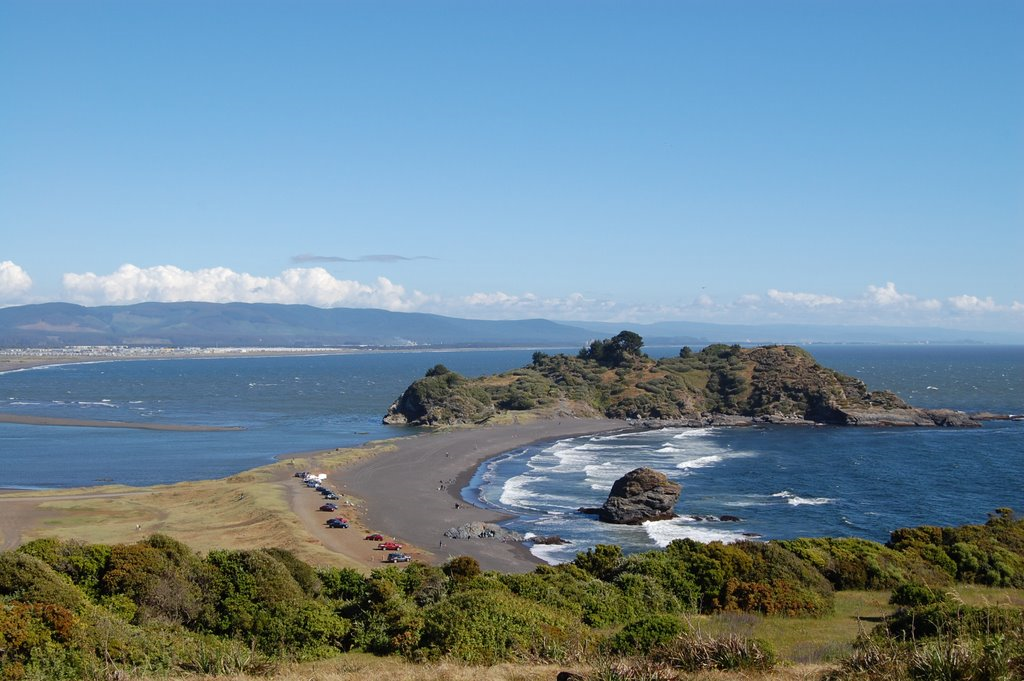
After several years of virtual communications, finally this was our first — post-COVID— trip to Chile on behalf of GWW, the larger umbrella of citizen water monitoring groups based in the Auburn University Water Resources Center (AU-WRC) in the USA. The trip was possible after a couple of years of conversations and a result of a strong collaboration with the NGO Fundación Manzana Verde (FMV) which is based in the city of Concepción, Chile. The main goal of this trip was to conduct community-based, science-based watershed stewardship (CBWS) workshops with GWW certifications in bacteriological monitoring, stream biomonitoring, and water chemistry monitoring, and as part of coordinating the expansion of GWW CBWS activities in Chile with FMV.
The mission of FMV is to promote sustainable development considering all kinds of integrating approaches. That is why it uses dynamics where diversity is sought in participation not based on gender, race, physical or mental ability, age or species. FMV places itself in a biocentric paradigm, betting on the restoration of balance, where all diversities are essential. This translates into a work ethic that aims to repair the gaps that are usually embedded in the work logic of human groups. FMV leaders learned about GWW and how it works, leading to conversations about cooperative work and are developing a Memorandum of Understanding (MOU) to be signed by FMV and GWW. The purpose of the MOU is to coordinate the fostering of Community-Based, Science-Based Watershed Stewardship (CBWS), and citizen-based water monitoring in the Chilean Biobío region, and beyond.
The Biobío River is the second largest river in Chile, originating in the Andes and flowing through mountains and valleys for 380 km (about 236 mi) before entering the Pacific Ocean not too far from Concepcion. It has been important to the country, to the extent that one of the 16 political regions in Chile carries that name, whose capital is in the city of Concepcion. The Biobío River also has exceptional cultural importance since for over 300 years it represented the historic border between the Spanish conquerors and the Mapuche people; witnessing bloody battles, agreements, and betrayals. This has prompted some people to describe the Biobío with words such as life, spirit, border, and obstacle.
The Mapuche people are the largest ethnic group in Chile with approximately 10% (more than 1.000.000 people) of the Chilean population. However, it was not until 1993 that was officially accepted for the first time in the history of Chile that the country is a multiethnic society. This gave the Mapuche more protection and respect; nevertheless, they are still quite vulnerable, are seen as second-class citizens, and have less opportunities and difficulties in getting education, and jobs, where typically are underpaid. Many FMV leaders and collaborators identify themselves as Mapuche.
The highlight of the GWW activities in Chile occurred from September 30th through October 2nd in the city of Tomé, not far from Concepcion, where 34 members from the communities of Tomé, Penco, Laja, Los Alamos, Junquillar, Concepcion, Isla Mocha and Futaleufú, participated in the GWW training sessions on bacteriological monitoring, physical and chemical monitoring, and stream biomonitoring using macroinvertebrates.
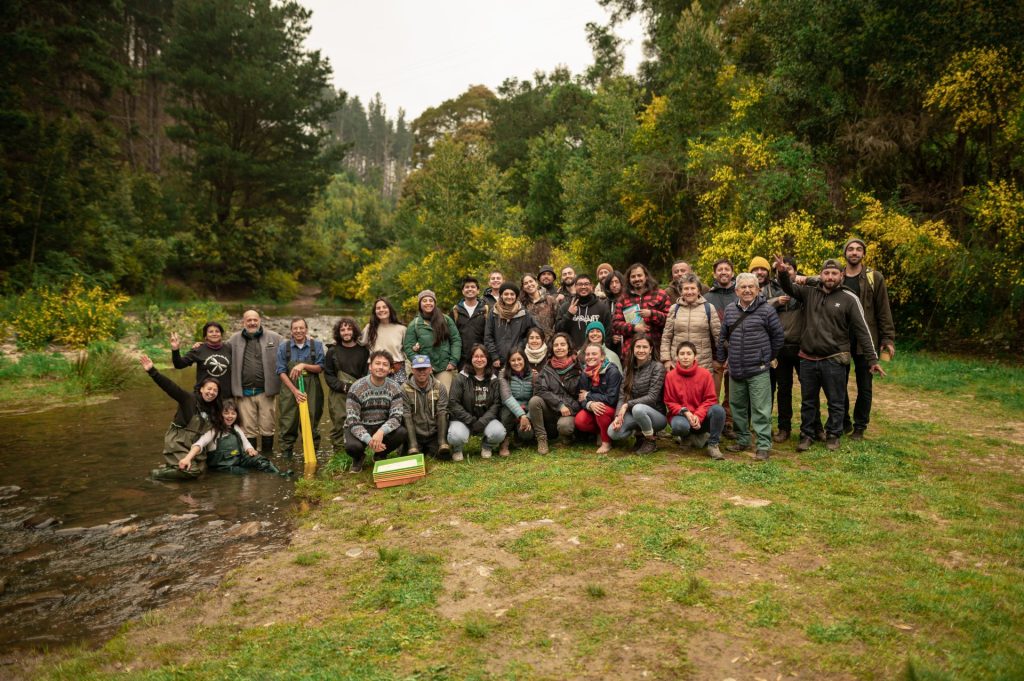
The hands-on activities for the physical and chemical water testing as well as the actual stream biomonitoring training went well with practice conducted at the Estero Nachur before entering the city of Tomé. After a few minutes of sampling with a kick net, numerous bugs were collected and sorted into 12 different taxa with a plethora of macroinvertebrates present in each tolerance group. Notable was the presence of macros that are extremely sensitive to pollution (six taxa from Group I) such as mayflies, stoneflies, and caddisflies, as well as hellgrammites and crabs from the genus Aegla sp. (four taxa in Group II). The final biotic index calculated was 28, providing a stream assessment of “excellent”; which, taking into consideration that aquatic macros are the best, and obviously more consistent (24/7), water monitors, reflects the exceptional quality of the Estero Nachur at that site. Physical and chemical water characteristics tested at this site provided values considered good quality for aquatic life including a neutral pH of 7.0 and dissolved oxygen of 9.5 ppm. Bacteriological monitoring for E. coli presence was conducted at three sites along the Estero Nachur providing evidence of almost no pollution before entering the city, and more contamination downstream.
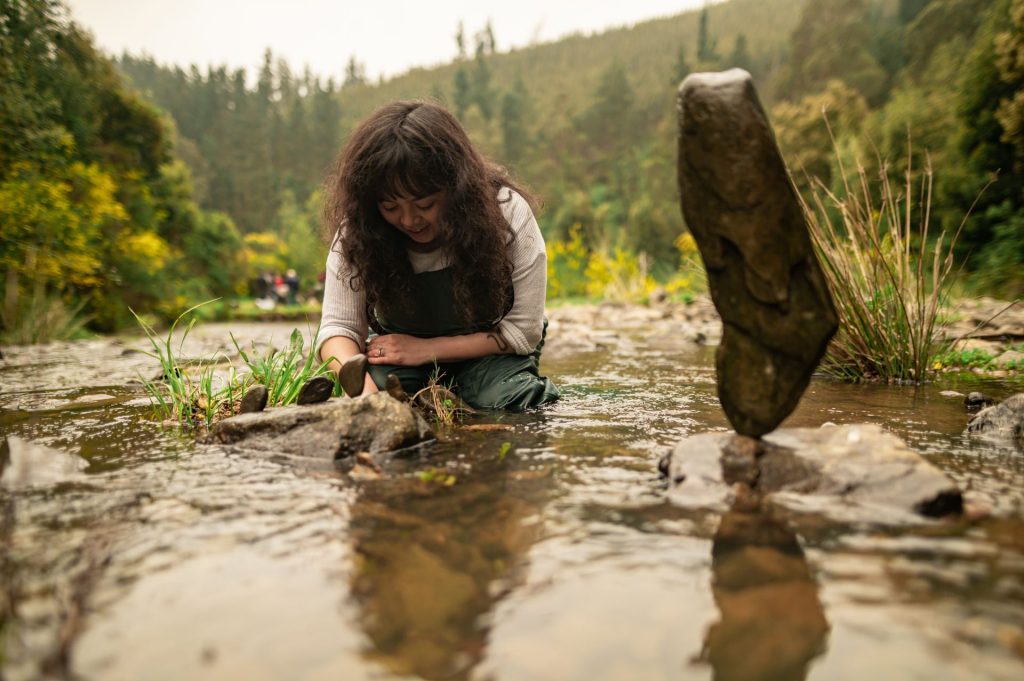
The new GWW monitors including students, teachers and community members believe that this certification will improve their abilities as environmental monitors. They feel that participatory community environmental surveillance and water monitoring are valuable tools for self-advocacy. And there is no better way to express it as in the own words of FMV Esteban Flores: this weekend a collective dream for FMV came true when we learn how to use tools that will catapult us towards (water) data autonomy for our basins… and here is the teaser of the audiovisual material that documents this experience. But we also learned about ourselves, with a network that extends from Futaleufú, passes through the Biobío, stops at Laja, in parallel goes through Isla Mocha, shifts north reaching Antihuala and Pangue, moves through Junquillar, encompasses the Chimalfe wetland, goes up and down through Nonguén and Andalién, walks towards Penco and expands all the way to the Tomesinas basins. A network of monitors, a network of people, of hearts and love for our waters. A step forward towards our territorial sovereignty, autonomy of our basins data, decision-making for ecological health, the restoration of our basins, the recovery of our ecosystems and new human-nature relations. Thank you Esteban, we the GWW visitors also found very rewarding, enjoyable and educational our visit to Chile.
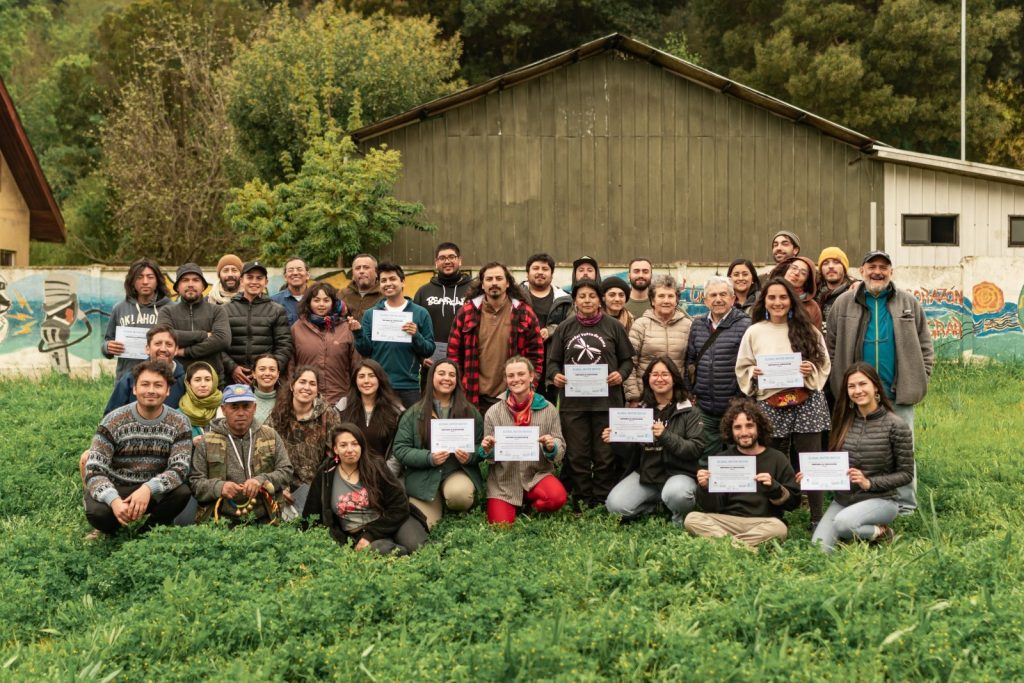
A group of new GWW monitors in Chile.
Other GWW activities during this trip included a visit to the University of Concepcion, a tour of the Hydrology Department laboratories and conversations about possible academic, research and outreach cooperation and exchanges between them and Auburn University. This GWW trip to Chile was another step to expand global environmental awareness and literacy through community-based, science-based watershed stewardship and water monitoring. After the trainings there was a light of hope in the new water monitors from those communities; and that made me recall the last part of the AU WRC mission that says empower private citizens to become active stewards of water resources.


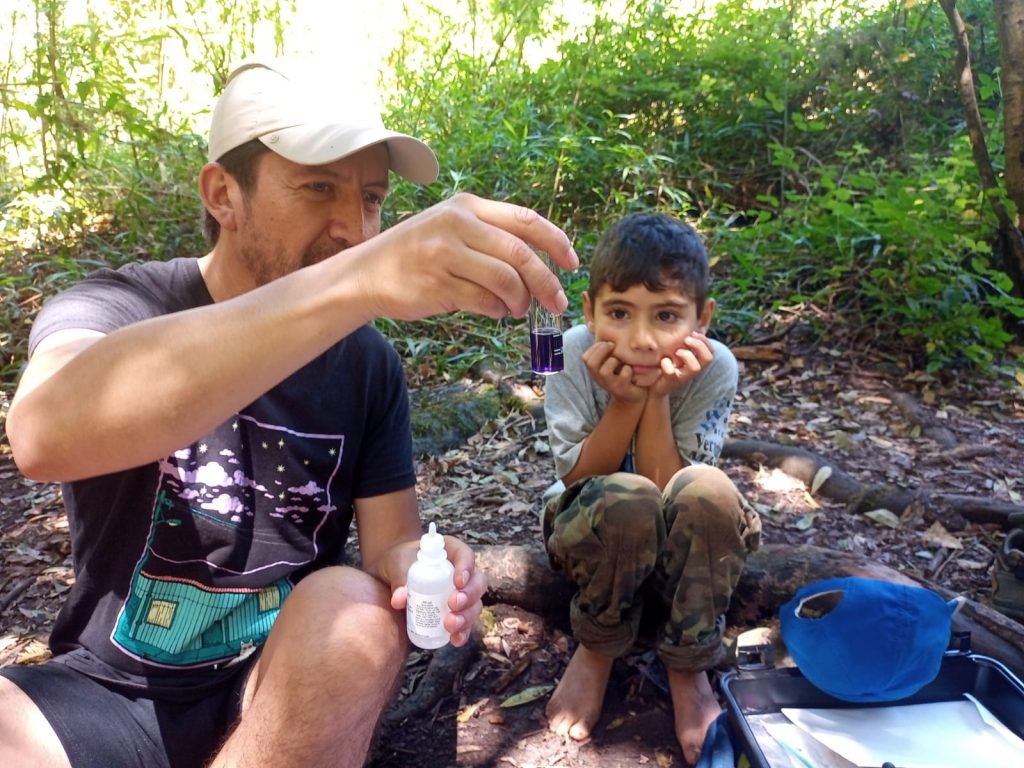
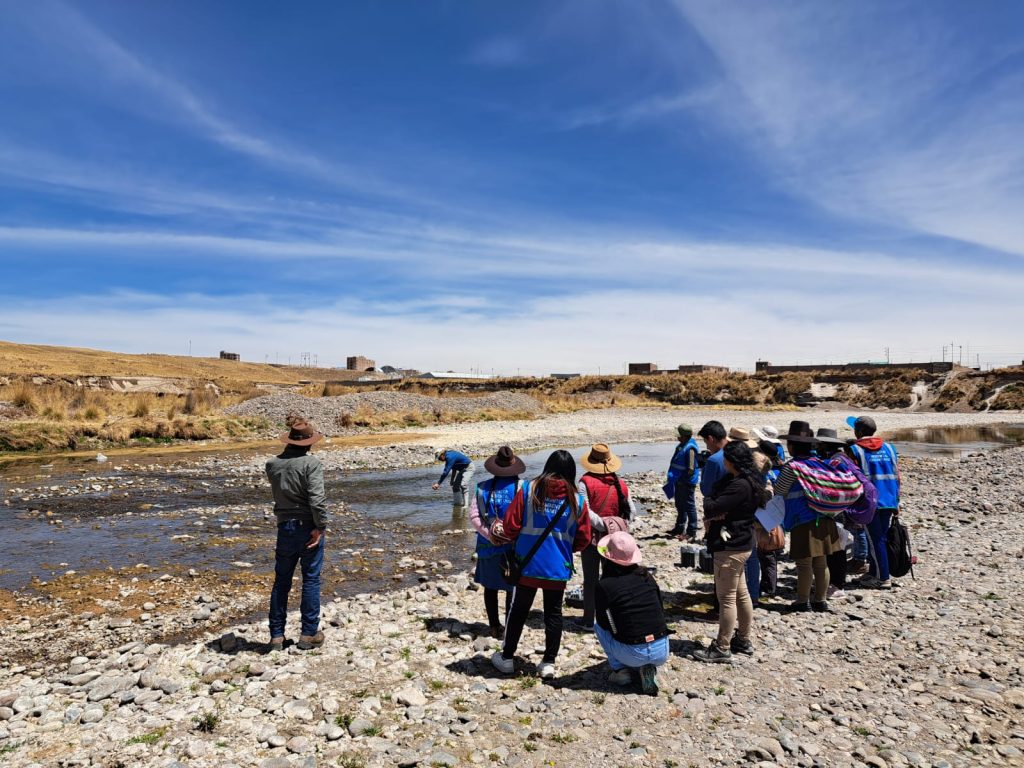
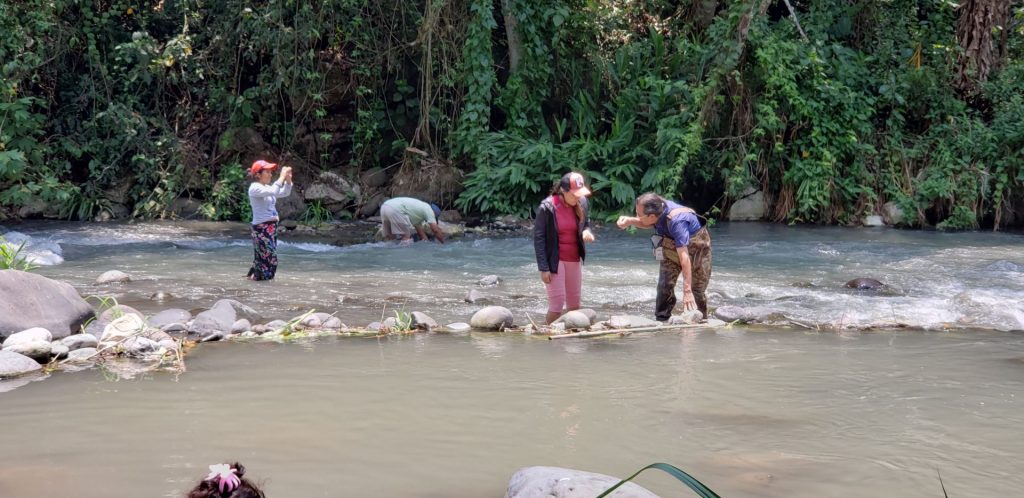
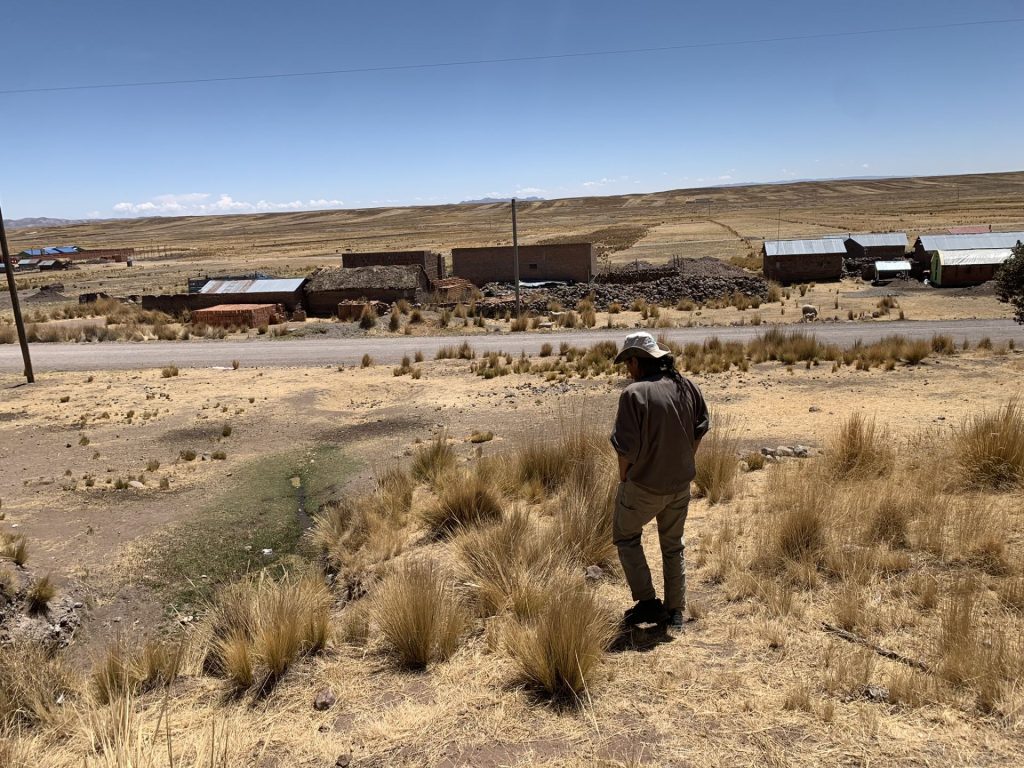
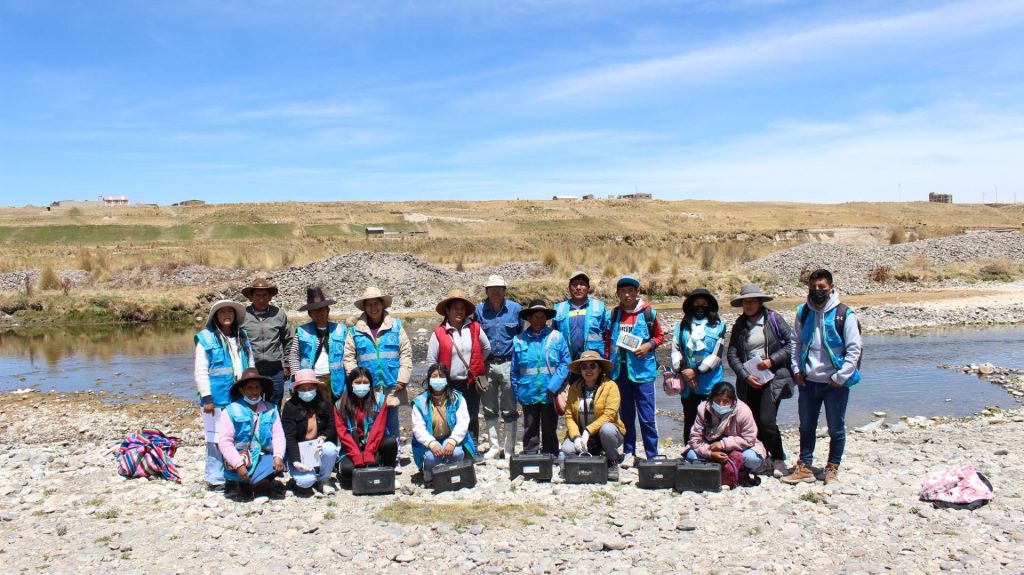
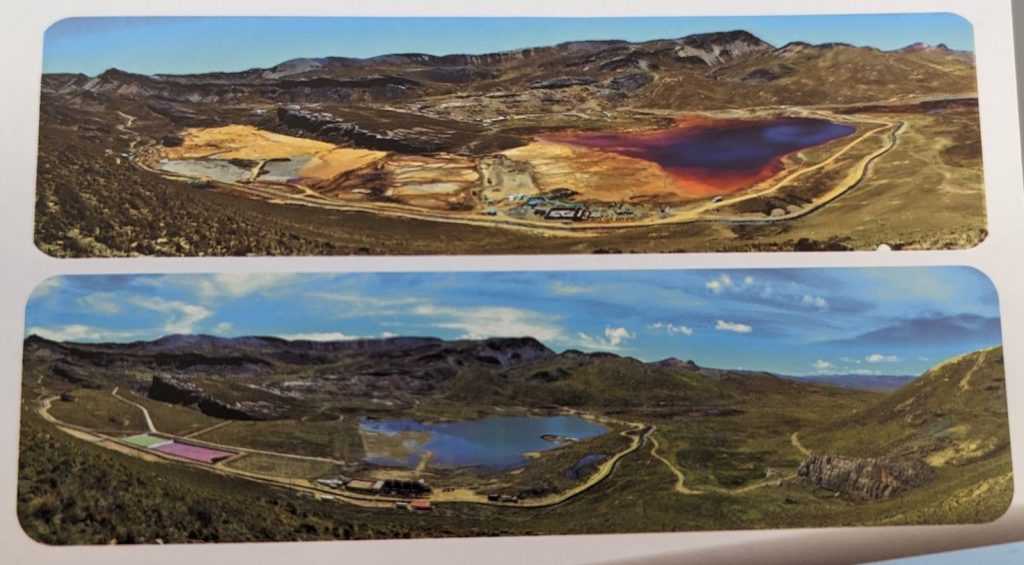
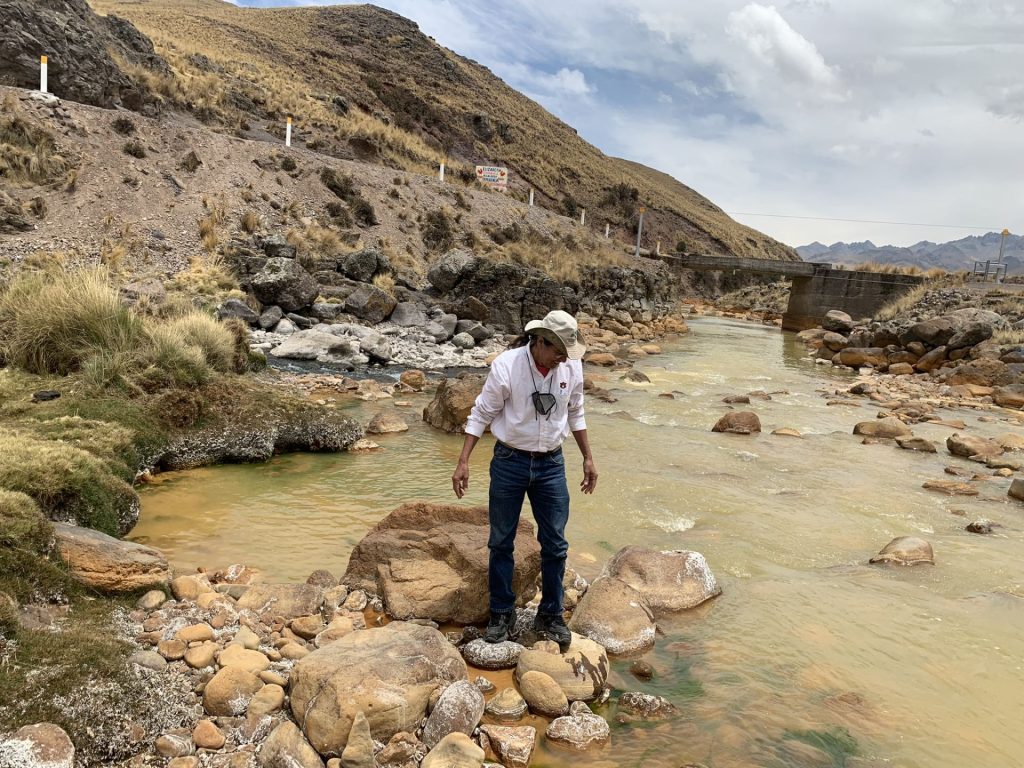
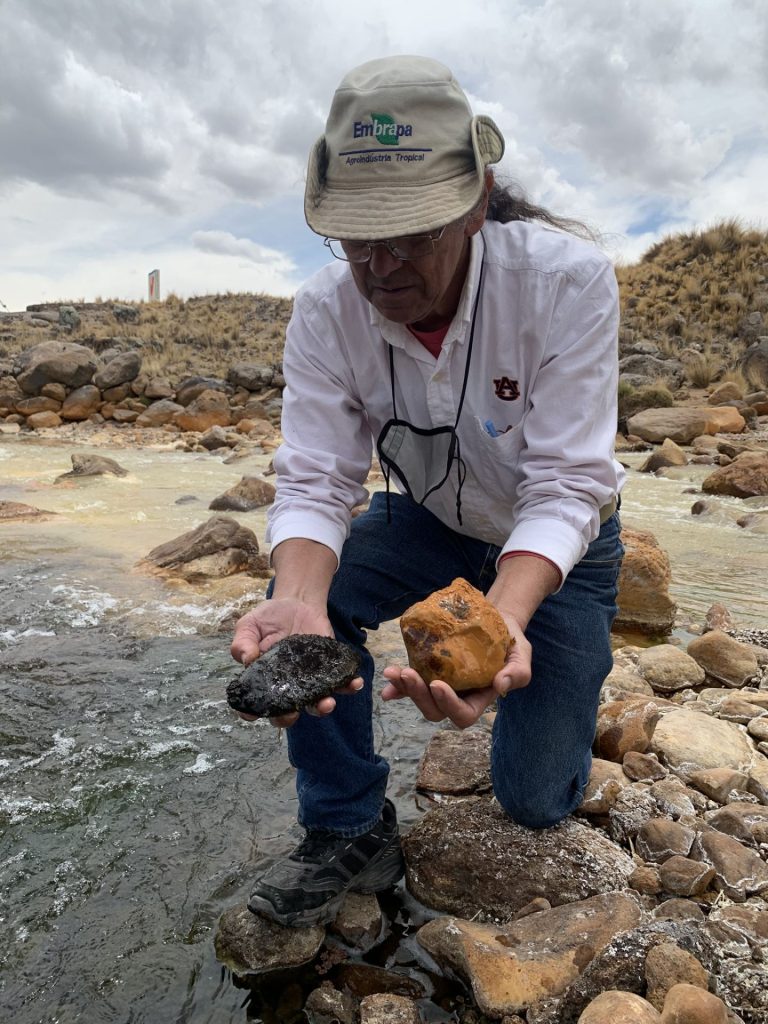






 The launch of the GWW online databases in the GWW website
The launch of the GWW online databases in the GWW website 










